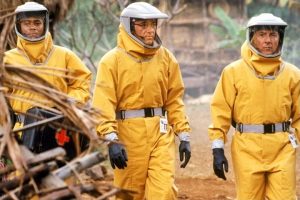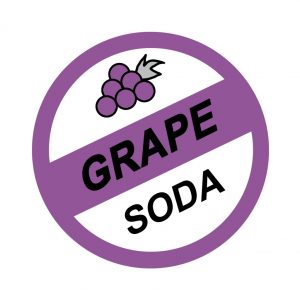Earlier this month Doug and I had a paper published in the Journal of Environmental Health about the need for public health folks (especially at the local and state levels) who are dealing with an outbreak to have a plan on when to go public. The plan should include what info the release; how they release it; and, what triggers release.
There are a bunch of great folks in these agencies who are often understaffed, overworked and dealing with political pressures – but often don’t look to the risk communication world for tips on this stuff.
Caitlin Dewey at the Washington Post wrote about why FDA doesn’t practice sharing outlets/retailers where recalled products are sold, even those linked to illnesses.
The FDA does not specify, however, which stores, centers or schools — because that would violate its interpretation of an obscure trade secret rule.
This interpretation differs from that of other agencies in the federal food safety system, an overlapping and often illogical network of regulatory fiefdoms. The system, which is responsible for keeping food free of bacteria and other pathogens, frequently has to weigh the very real interests of private food companies against potential risks to the public. In the case of releasing retailer lists during major outbreaks, the FDA has historically sided with business, ruling that such lists constitute “confidential commercial information” and thus should not be available for public consumption.
Critics say that the agency’s unwillingness to share this information poses a clear danger to public health, particularly in cases like the current E. coli outbreak, where parents may not know if their child consumed the recalled product. According to the Centers for Disease Control and Prevention, 14 of the 16 people who have fallen ill were children.
It could also prove relevant in incidents like last year’s multistate hepatitis A outbreak, which was traced to frozen strawberries imported from Egypt and sold at several Tropical Smoothie Cafes. The FDA did not specifically reveal which locations, however — a measure that some experts say would have gotten the news to ill consumers faster. That’s important in the case of an illness like hepatitis A, which can be treated with a vaccine for a limited period after exposure.
Doug and I argue that public health agencies (like FDA) should be in the business of sharing the info they have, the info they don’t have and all the uncertainties. This includes distribution data. There are lots of ways that folks get food safety and recall information. Sometimes it’s directly from their retailer of choice; or maybe it comes from a local media source. Or someone shared something on Facebook.
Bill Hallman and colleagues at Rutgers conducted a survey of consumers and their self-reported behaviors following 2008’s Salmonella saintpaul in tomatoes, er, peppers outbreak and found that lots of people (81%) say they they share recall info when they see it. 38% believe that the food they purchase is less likely to be recalled than their neighbors. And less than 60% report checking their fridges and pantries for the food.
Releasing retailer/distribution information might increase the chance individuals will say to themselves ‘I’ve bought some soynut butter recently, and I got it at that grocery store’ and they go check.
But I could just be optimistic.
A food safety Facebook friend posted a couple of days ago about a Listeria monocytogenes-linked recall. It was so important to him that he posted the info twice once on Feb 17 and again March 11, ‘I want to again stress that you should check any production codes immediately and if you have any of these products, either throw them away or return them to your grocery store. I just checked my cheese stash and had the pepperjack slices that are included.’
But, like Hallman and colleagues found, while he shared the info, he wasn’t motivated to actually go to his fridge to look for it the first time he posted. Maybe the distribution information would have triggered a behavioral response.









